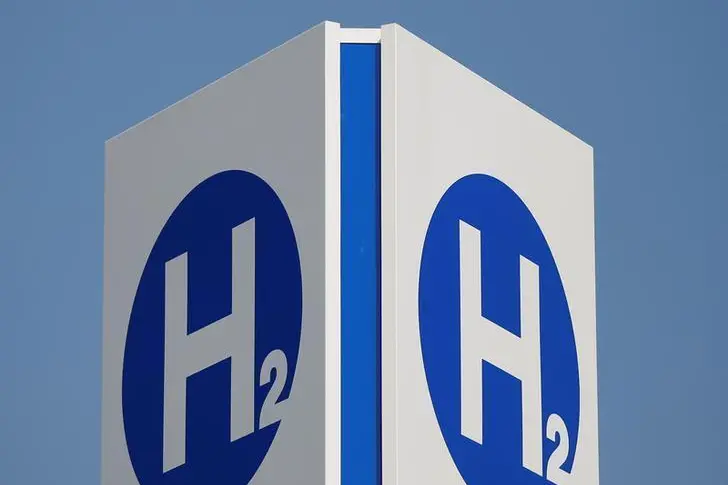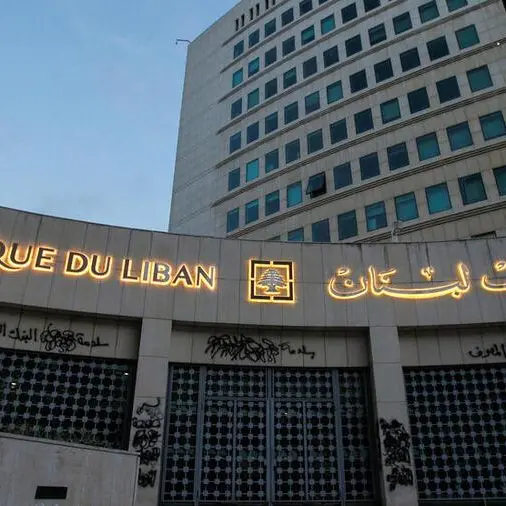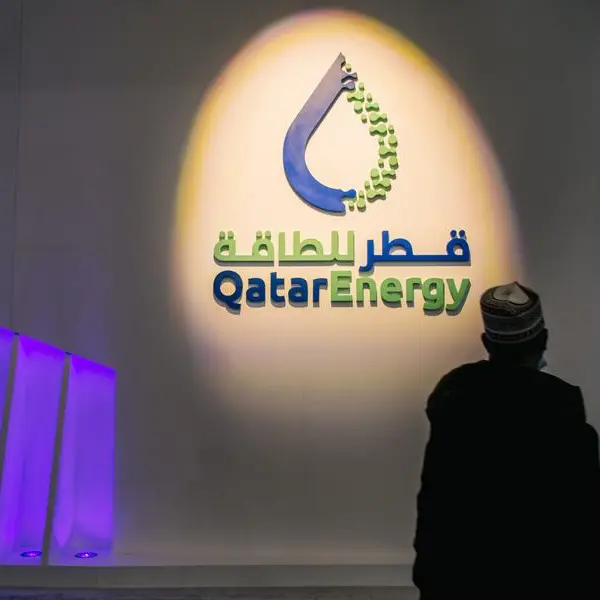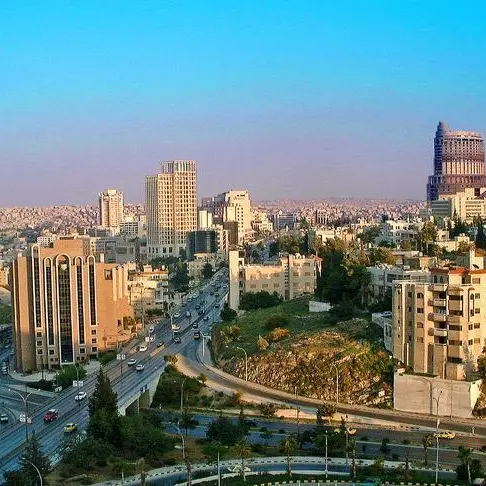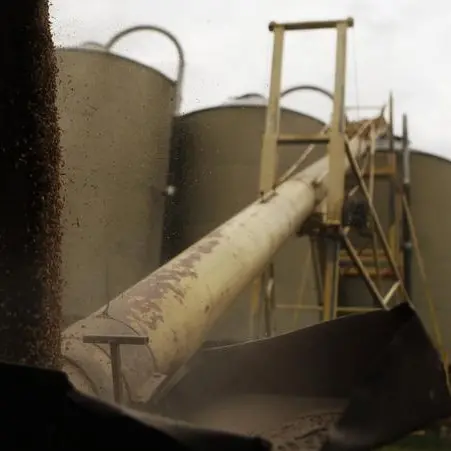PHOTO
AMMAN- A report titled “Power-to-X Green Hydrogen Opportunities in Jordan” delved into Power-to-X (PtX) technologies, focusing on green hydrogen and its impact on the Kingdom’s renewable energy transition.
PtX, such as power-to-gas, power-to-chemicals, or power-to-fuels, refers to different processes that turn electricity from renewable energy sources (like wind and solar) into heat, hydrogen, synthetic fuels, or chemicals that would be used in different sectors, according to the report.
Launched virtually on Tuesday, the report is a collaboration between the Royal Scientific Society (RSS) and the Friedrich-Ebert-Stiftung Regional Climate and Energy Project.
Friedrich-Ebert-Stiftung is the oldest German political foundation and advocates for the advancement of social democracy. Through its Jordan-based Regional Climate and Energy Project MENA, it brings together government representatives with civil society organisations, supports research, and provides policy recommendations to promote a socially just energy transition and climate justice for all in the MENA region, according to the report.
“The production of green hydrogen from renewables could offer major solutions to Jordan’s energy challenges, in addition to reviving and creating job opportunities,” said Walid Shahin, director of the National Energy Research Centre at the RSS on Tuesday.
Director of FES’ Regional Climate and Energy Project Sarah Hepp said that hydrogen production lays the foundation for a hydrogen economy, which is more environmentally sustainable.
She pointed out that “hydrogen production is a great opportunity for Jordan and the MENA region”, playing an important role in moving towards climate neutrality and sustainability.
Power-to-X technologies cannot only play a substantial role in the global energy mix, but can also mitigate the impact of global warming, the report observed.
Rashed Manna’, the report’s author, revealed the challenges and opportunities for Power-to-Hydrogen (PtX) in Jordan, whereas new infrastructure such as pipelines, ports, storages, hydrogen-ready engines and gas turbines are needed.
“The second major issue is Jordan’s growing problems of water scarcity,” according to Manna’ who said that one kilogramme of hydrogen takes nine litres of high purity water through electrolysis. In order to incentivise hydrogen production in Jordan, the government must provide “integrated, supportive and stable policies that facilitate adequate private investments across the entire hydrogen supply chain network”, he said.
He also noted that “giving incentives to industrial and transportation sectors will positively impact Jordan’s entry in the green hydrogen production process”.
According to Omar Saffouri, associate author of the report, hydrogen has a wide range of applications, whether it is in energy storage, steel and chemical production, food production, ammonia and plant fertilisers, liquid fuels and petroleum refining.
Jordan imports 91 per cent of its energy supply, and the investment in green hydrogen would motivate the government to decrease its fossil fuel dependency, thereby increasing renewable energy penetration, the report said.
In 2020, 80 per cent of the electricity in Jordan was generated from natural gas, while the remaining 20 per cent was generated from renewable energy, according to the report which noted that Jordan’s 2020-2030 Energy Strategy is the foundation for the introduction of hydrogen production, attracting foreign investments and development cooperation.
The launch event also saw the presence of climate and energy experts who shared their insights on the potential of green hydrogen production in the Kingdom.
Report recommendations and conclusions included having an inclusive roadmap, policy framework and pilot projects, in addition to building partnerships with neighbouring countries, as well as creating a green hydrogen steering committee.
© Copyright The Jordan Times. All rights reserved. Provided by SyndiGate Media Inc. (Syndigate.info).
